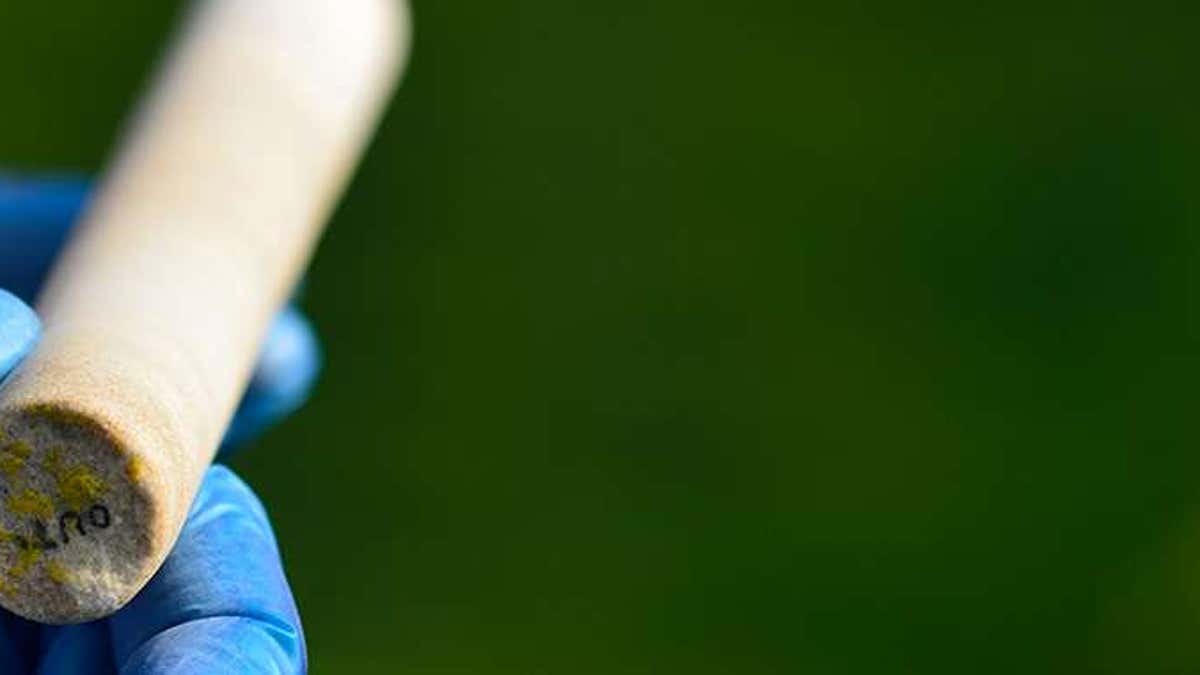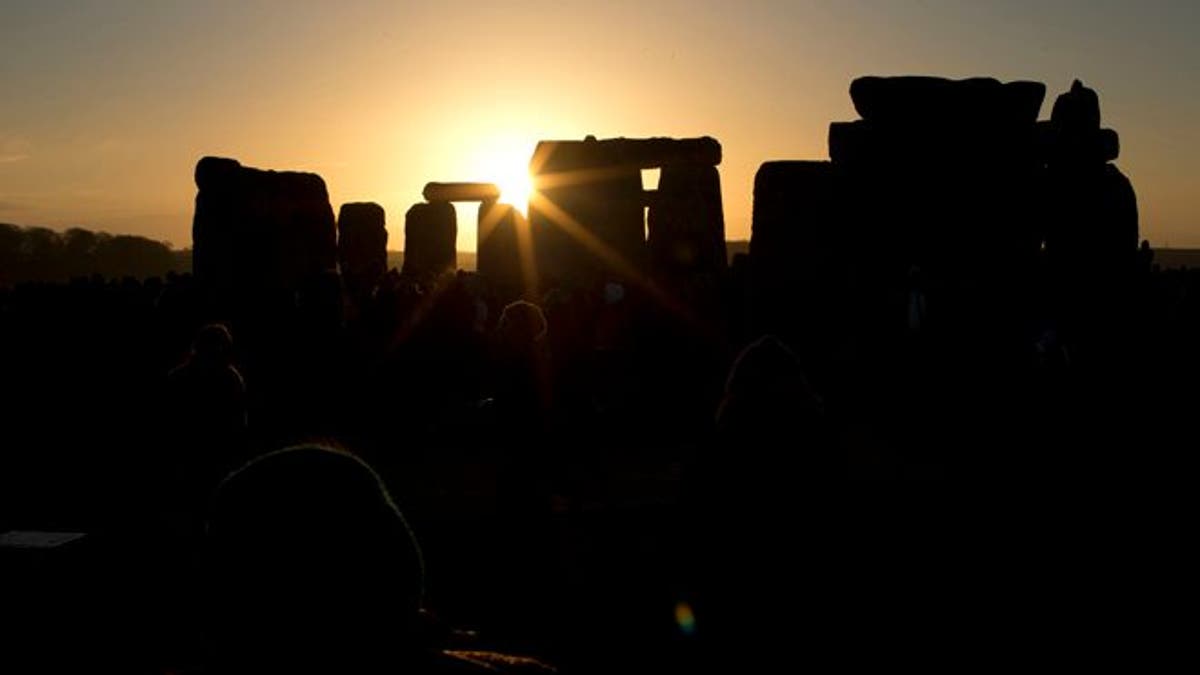Stonehenge feast discovery thrills experts
A new discovery about Stonehenge reveals that feasts were held in the area, with people and animals that were transported from all over Britain.
A missing piece of Stonehenge has been returned 60 years after it went missing during an archaeological excavation.
English Heritage explains that the ancient stone ‘core’ was taken from one of Stonehenge’s huge sarsen stones in 1958. Its whereabouts remained largely unknown for the next 60 years, according to officials.
The bizarre course of events unfolded in 1958 when archaeologists were trying to raise a fallen trilithon – two of Stonehenge’s vertical stones supporting a third horizontal stone. Cracks were discovered in one of the vertical stones and, to repair it, holes were drilled and metal rods were inserted. The repairs, which are very hard to see, were “masked” by sarsen fragments found during the excavation, according to English Heritage.
STONEHENGE MYSTERY SOLVED: MASSIVE ROCKS CAME FROM 180 MILES AWAY
U.K.-based diamond cutting company Van Moppes performed the work, drilling three 1.25-inches (32 millimeters) holes horizontally through the stone. A drilling machine bored out three 0.98-inch (25 mm) diameter cores from the stone.

The missing core has been returned to Stonehenge. (English Heritage)
A company employee, Robert Phillips, kept one of the stone cores, which, for a number of years, was displayed in his office in Basingstoke, U.K. Phillips left Van Moppes in 1976 and later emigrated to the U.S., taking the 42.5-inch core traveled with him. Phillips took the rare stone artifact from Richmond, N.Y. to Chicago to Ventura, Calif. and finally Aventura, Florida.
On the eve of his 90th birthday, however, Phillips said that he wanted to return the stone to English Heritage, which oversees Stonehenge. Last year, he traveled to the famous Neolithic structure and presented the core to English Heritage curator, Heather Sebire.
STONEHENGE FEAST DISCOVERY THRILLS EXPERTS
Experts say that the core offers a fascinating glimpse into the center of the famous stones. While Stonehenge’s smaller bluestones were brought from the Preseli hills in Walls, the origin of the monument’s larger stones is still unknown.

The core was removed from one of Stonehenge's sarsen stones in 1958. (English Heritage)
“The last thing we ever expected was to get a call from someone in America telling us they had a piece of Stonehenge,” said Sebire in a statement. “We are very grateful to the Phillips family for bringing this intriguing piece of Stonehenge back home. Studying the Stonehenge core’s ‘DNA’ could tell us more about where those enormous sarsen stones originated.”
“Our father has always been interested in archaeology and he recognized the huge importance of the piece of the monument in his care. It was his wish that it be returned to Stonehenge,” said Phillips’ son, Lewis, in the statement. “We are all delighted the core has come home, particularly as it is now being used to further important research.”
STONEHENGE MYSTERY SOLVED? PREHISTORIC SAILORS MAY HAVE BEEN RESPONSIBLE FOR LEGENDARY STRUCTURE
Mystery, however, still swirls around the other two cores removed more than 60 years ago.

File photo - Dec. 21, 2012: The sun passes through the stones after rising at the ancient stone circle of Stonehenge, in southern England, as access to the site is given to druids, New Age followers and members of the public on the annual Winter Solstice. (AP Photo/Matt Dunham)
“The other two Stonehenge cores may still be out there somewhere and if anyone has any information, we’d love to hear from them,” Sebire added.
Stonehenge continues to be a source of fascination for historians. Last year, experts said that the famous ancient site may have been built using Greek philosopher Pythagoras’ famous theorem two millennia before the mathematical equation was developed.
STONEHENGE SECRET: DID BUILDERS USE PYTHAGORAS' THEOREM 2,000 YEARS BEFORE THE PHILOSOPHER LIVED?

FILE - In this Tuesday, Dec. 17, 2013 file photo, visitors take photographs of the world heritage site of Stonehenge, England. (AP Photo/Alastair Grant, File)
The first monument at the site, an early “henge” monument, was constructed about 5,000 years ago. The world-famous stone circle was built around 2,500 B.C. during the late Neolithic period.
CLICK HERE TO GET THE FOX NEWS APP
The World Heritage site is known for its alignment with the movements of the Sun - thousands travel to the site in Southern England, to mark the solstices in Summer and Winter.
The Associated Press and Fox News’ Chris Ciaccia contributed to this article. Follow James Rogers on Twitter @jamesjrogers

